May 18, 2025 | 07:32 GMT +7
May 18, 2025 | 07:32 GMT +7
Hotline: 0913.378.918
May 18, 2025 | 07:32 GMT +7
Hotline: 0913.378.918
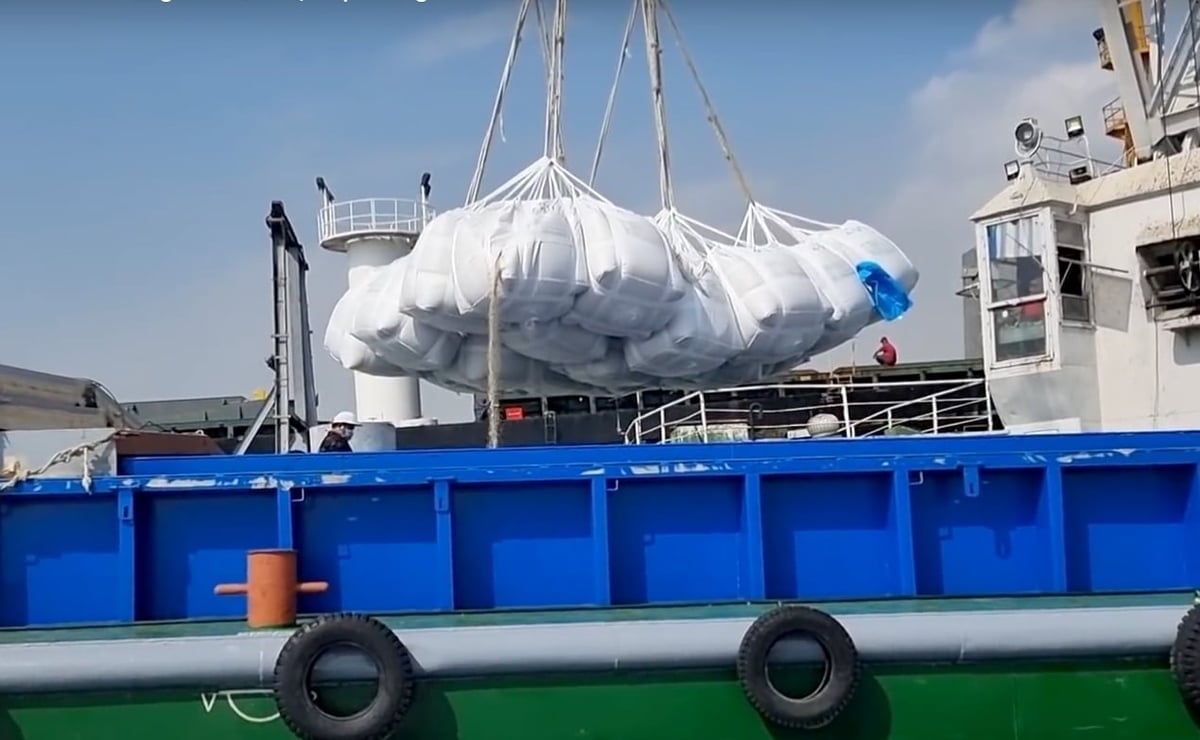
Loading rice for export onto a vessel at a port in Ho Chi Minh City. Photo: Son Trang.
In recent years, the Philippines has emerged as one of the world’s largest rice importers, with annual imports amounting to several million tonnes. In 2024 alone, the country brought in nearly 4.7 million tonnes of rice – the highest volume of rice imports in its history. This record-breaking figure underscores the country’s continued dependence on foreign rice to meet domestic consumption.
According to Mr Phung Van Thanh, Vietnam’s Trade Counsellor in the Philippines, Vietnam has long maintained its position as the leading supplier of rice to the Philippine market. Over the past several years, Vietnamese rice has consistently accounted for between 80% and 85% of the total rice imported by the Philippines. By contrast, other traditional rice-exporting countries such as Thailand, India, and Pakistan have only secured a small portion of the market share. This dominance highlights the competitiveness and appeal of Vietnamese rice in the region.
At the same time, the Philippines is also Vietnam’s largest rice export destination. From 2022 to 2024, Vietnam exported between 3 million and more than 4 million tonnes of rice each year to the Philippines, accounting for roughly 40% to 45% of Vietnam’s total rice export volume and value. This mutually beneficial trade relationship plays a crucial role in Vietnam’s agricultural economy and provides a stable and dependable rice source for the Philippines.
In the first two months of 2025, this strong partnership continued, with Vietnam exporting 547,000 tonnes of rice to the Philippines, valued at USD 284 million. This volume represented 45% of Vietnam’s total rice export quantity and 42% of its rice export value. These figures confirm that despite ongoing efforts by the Philippines to boost its domestic rice production, demand for Vietnamese rice remains robust.
To reduce dependence on imported rice, the Philippine government has rolled out several initiatives aimed at enhancing local rice production. These efforts include investment in irrigation systems, the development of new rice varieties with higher yields, and financial assistance to support farmers. However, structural challenges remain. The country has limited large-scale arable land, and farming is often fragmented and small in scale. Additionally, the Philippines frequently experiences adverse weather events such as typhoons, floods, and droughts, all of which impact agricultural productivity.
As a result, domestic rice output has been relatively stagnant, hovering between 12 and 13 million tonnes annually in recent years. Meanwhile, rice consumption continues to rise, fuelled by population growth and dietary habits. In 2024, the total demand for rice in the Philippines reached 17.2 million tonnes, and this figure is projected to increase to 17.8 million tonnes in 2025. On top of that, the country maintains a strategic rice reserve of between 1 and 1.2 million tonnes each year to safeguard national food security. Together, these figures push total annual rice needs to approximately 18 to 19 million tonnes, creating a significant supply gap that must be filled through imports.
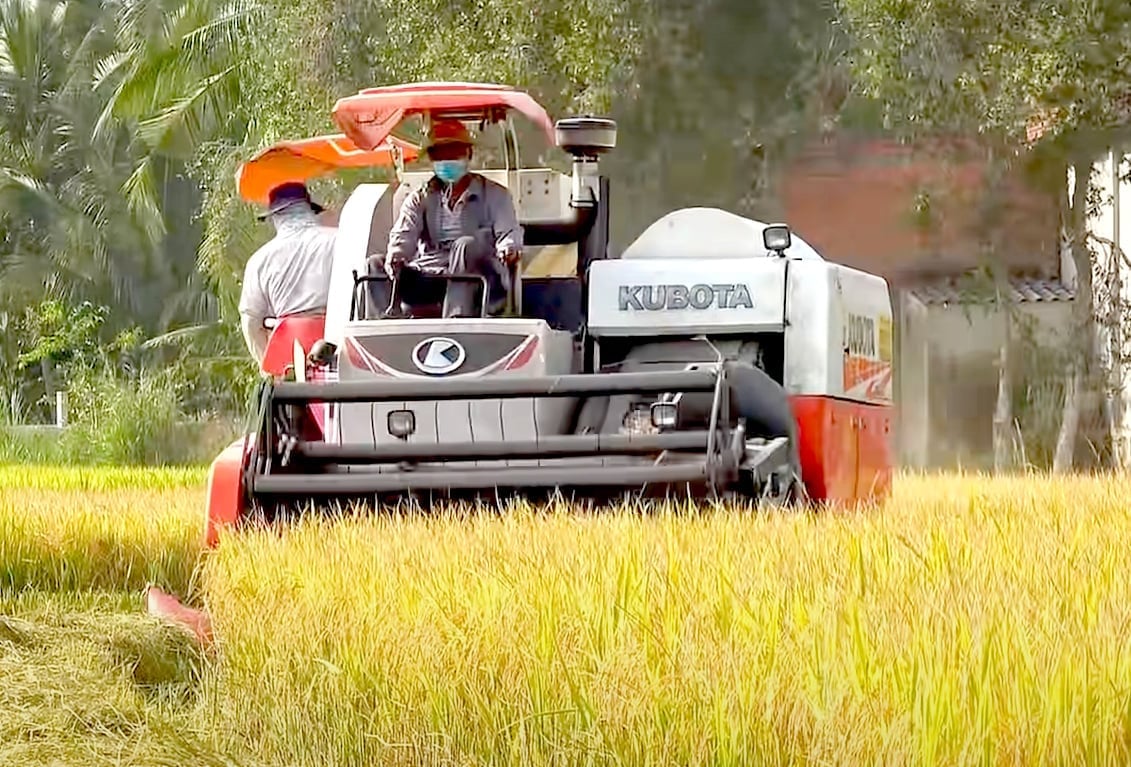
Harvesting rice in Long An. Photo: Son Trang.
Despite the Philippines’ efforts to diversify its rice import sources, Vietnamese rice continues to enjoy a strong foothold in the market due to three main competitive advantages.
Firstly, the quality of Vietnamese rice aligns well with the preferences and consumption habits of Filipino consumers. Whether it is long-grain, fragrant, or white rice, Vietnam offers a wide range of varieties that cater to the tastes and budgets of different market segments. Vietnamese rice is not only of good quality but also competitively priced, making it accessible to the majority of Filipino households.
Secondly, Vietnam’s rice production capacity is both large and stable. The Mekong Delta, known as the country’s rice bowl, is one of the most productive agricultural regions in Asia. Moreover, Vietnam’s geographical proximity to the Philippines translates to lower transportation costs, shorter delivery times, and more efficient logistics compared to other suppliers located further away. These logistical advantages make Vietnamese rice more attractive and reliable in terms of supply chain efficiency.
Thirdly, many Vietnamese rice exporters have developed long-standing, trusted relationships with Filipino importers and distributors. These relationships, built over years of consistent trade, create confidence and stability for both sides. Vietnamese exporters are known for their professionalism, adherence to contract terms, and commitment to product quality, which further strengthens their reputation in the Philippine market.
Looking forward to the rest of 2025, rice import demand in the Philippines is expected to grow further and could exceed 5 million tonnes, setting another record high. Even as the Philippine government continues its efforts to diversify suppliers and encourage local production, Vietnamese rice remains the most practical and competitive option.
To consolidate this strong position, the Vietnam Trade Office in the Philippines encourages rice exporters to continue improving the quality of their products and maintain their brand reputation. They should also actively participate in promotional activities, such as trade fairs and exhibitions, to increase awareness of Vietnamese rice and engage more deeply with Filipino consumers and partners.
Additionally, exporters must stay informed about changes in import regulations and policies, especially those related to food safety and phytosanitary standards. Emphasising sustainability in rice production, exploring high-value product lines such as organic or specialty rice, and strengthening traceability and branding efforts will not only help maintain Vietnam’s leadership in the Philippines but also open the door to other premium markets globally.
Translated by Huong Giang
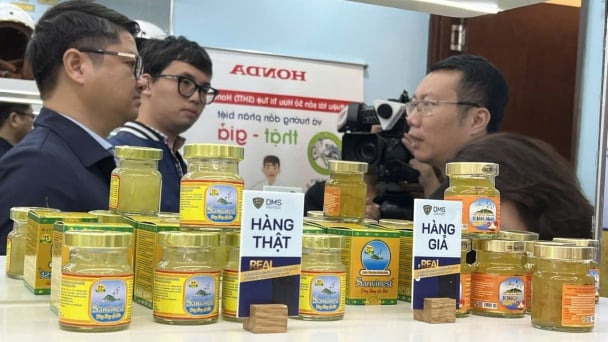
(VAN) In the face of counterfeit and imitation products, Khanh Hoa Salanganes Nest Company hopes for the prompt completion of the legal framework, strict enforcement against violations, and protection of the bird’s nest brand.
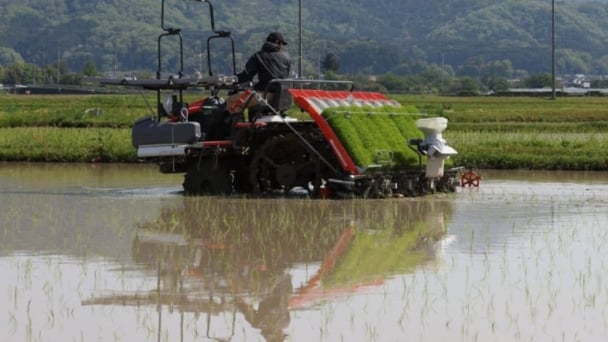
(VAN) Japan's efforts to lower the price of rice through the release of its stockpile may finally be making some progress, albeit at a snail's pace.
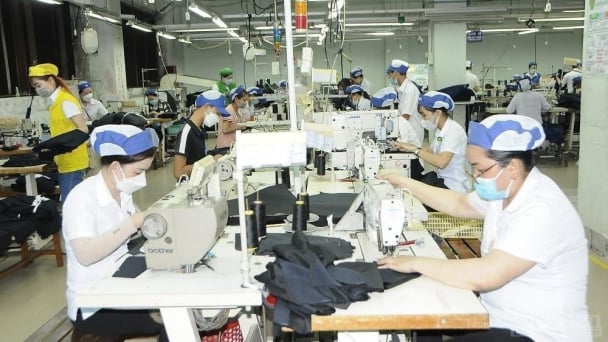
(VAN) U.S. tariffs are not only a 'shock', but also an opportunity for Vietnamese businesses to renew their mindset toward comprehensive development.
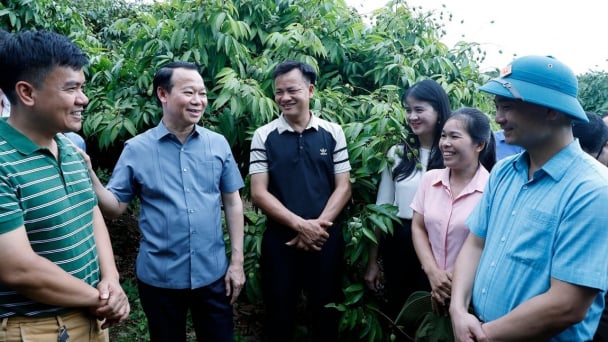
(VAN) As Bac Giang lychee enters the harvest season, Minister Do Duc Duy expects that the fruit will contribute greatly to agricultural exports due to standardized production and deep processing.
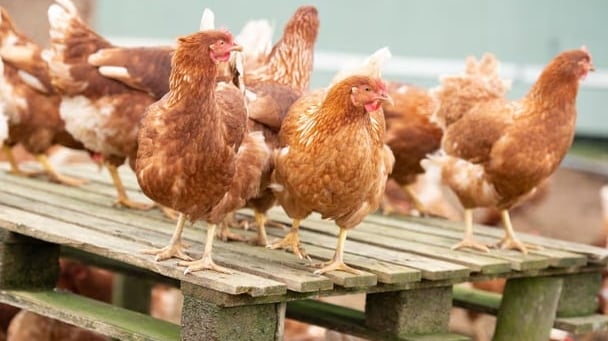
(VAN) Consumers have shown a preference for free-range eggs, but those farming systems are more vulnerable to biosecurity risks like bird flu.
/2025/05/09/5701-1-184335_301.jpg)
(VAN) Vietnam’s eel exports nearly doubled thanks to a mud-free farming model, opening up new prospects while still facing numerous barriers related to international standards.
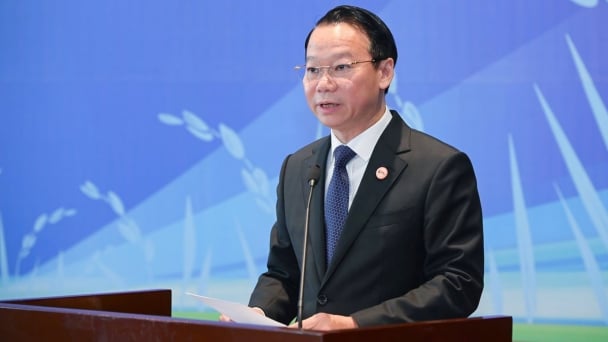
(VAN) Minister Do Duc Duy warned that if production is not professionalized and supply chains are not transparent, the U.S. market could become a growth bottleneck.